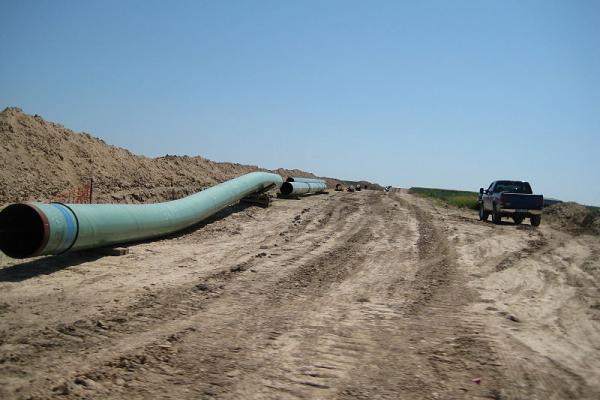The building of a 1,700-mile pipeline through the heartland of the United States has been at the center of the debate on the economy for many months now. Much has been written by those who both support and oppose its construction. And much has also been written about just how important the pipeline would be to the U.S. economy if it were actually to be built.
With the deadline for the Obama administration’s decision on construction coming up fast (2/21), many have already made up their minds. But have they done so on the basis of accurate figures?
It might be pretty difficult to do so, given that various estimates put the number of jobs created though the construction of the pipeline at anywhere between 20 and 350,000. So where have all these different estimates come from, and which one (if any) is actually accurate?
The first difficulty that arises from trying to find an accurate estimate is that most of the numbers from the upper echelons of the estimates come from the company who are hoping to build the pipeline: TransCanada.
Read the Full Article

